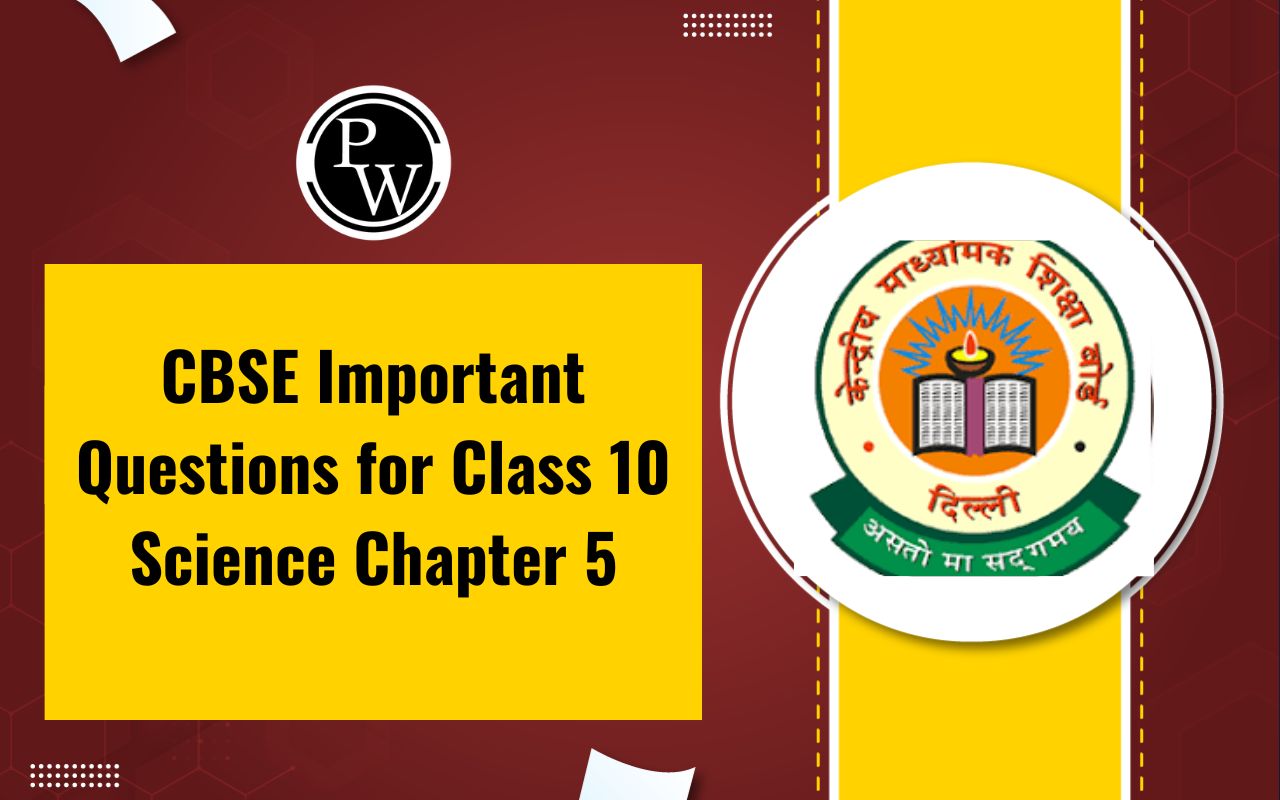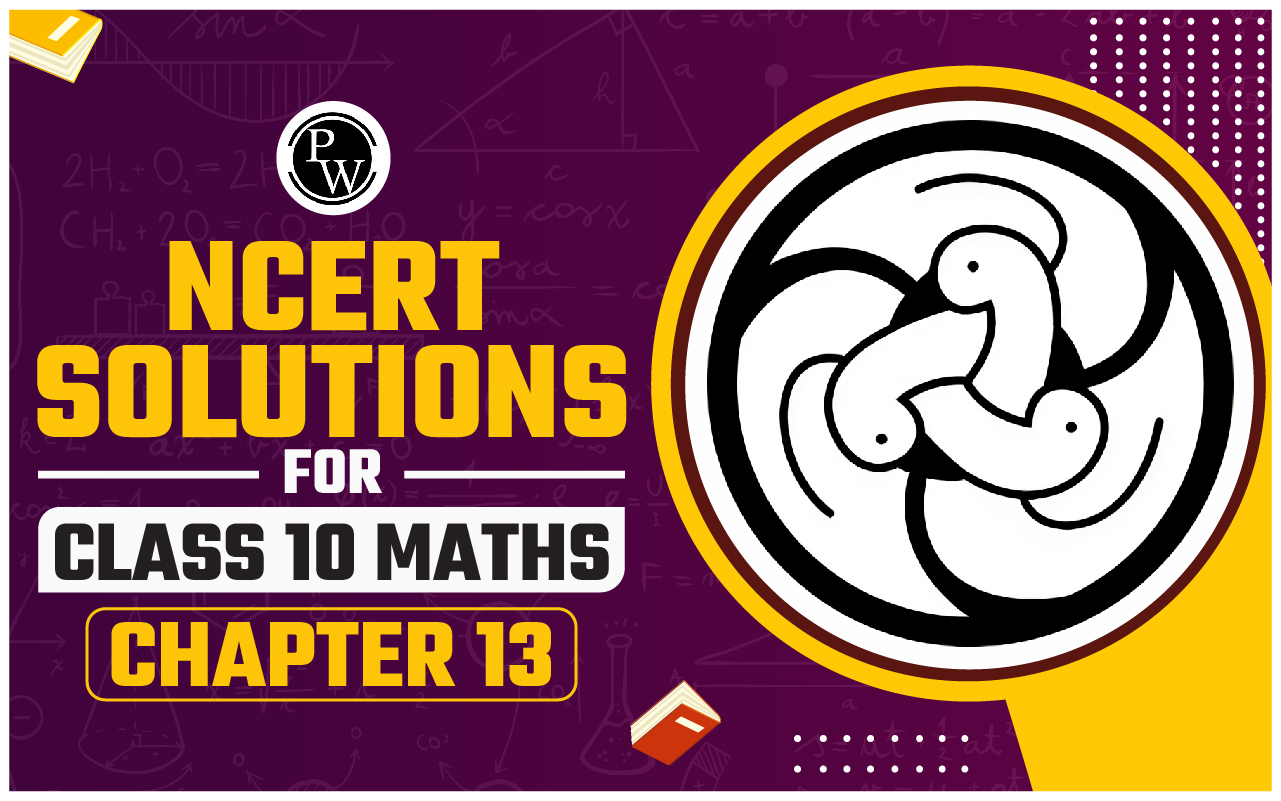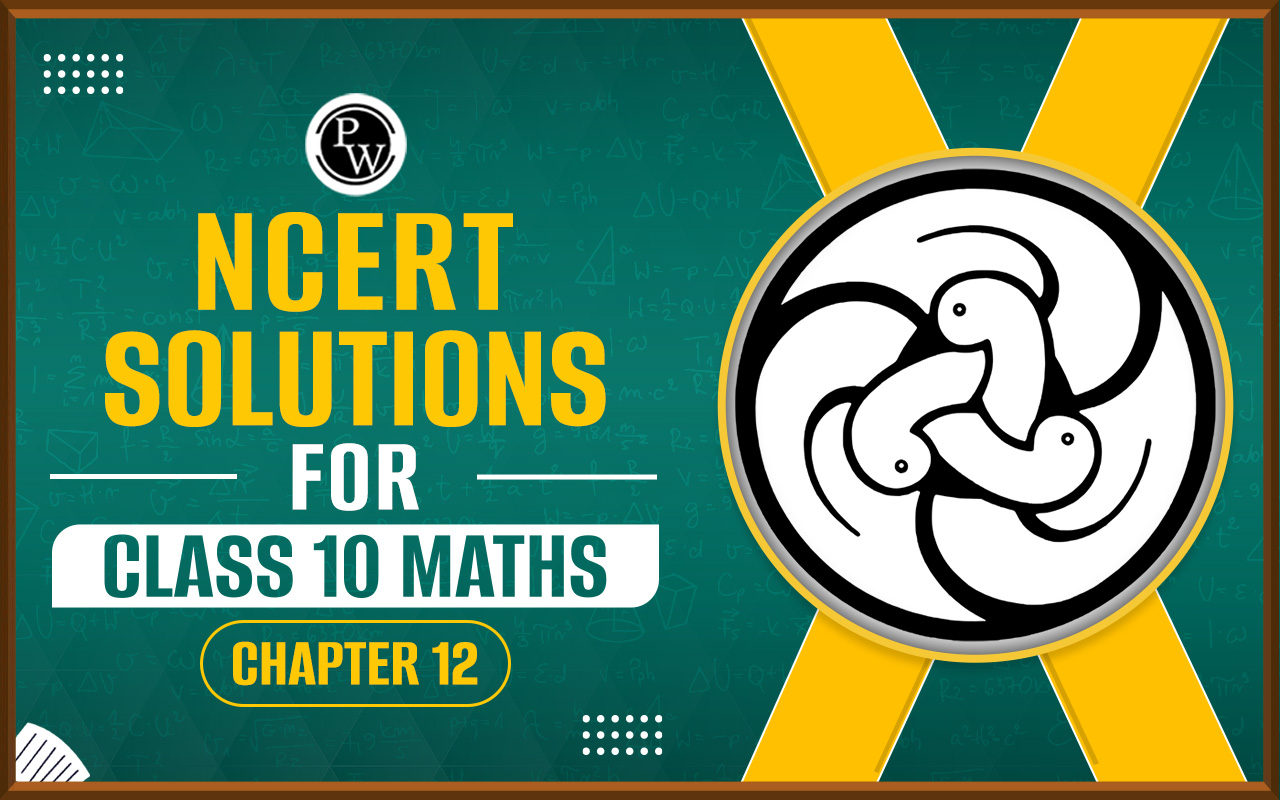

Newton's Second Law states that the acceleration of an object is directly proportional to the net force acting on it and inversely proportional to its mass. Mathematically, it can be expressed as:
[ F = ma ]
Where:
- ( F ) represents the net force applied to the object,
- ( m ) is the mass of the object, and
- ( a ) denotes its acceleration.
This equation demonstrates that the greater the force applied to an object, the greater its acceleration will be. Similarly, an object with a larger mass will experience a smaller acceleration for the same amount of force applied.
Understanding Force and Acceleration
Force, as described by Newton's Second Law, is a vector quantity that can cause an object to change its motion. It is measured in Newtons (N) and can be exerted in various forms, such as gravitational, electromagnetic, or contact forces.
Acceleration, on the other hand, measures the rate of change of an object's velocity. It is also a vector quantity and is expressed in meters per second squared (m/s²). Acceleration can be positive or negative, depending on the direction of the force applied relative to the initial motion of the object.
Also Read - Moment Of Inertia Formula
The Relationship between Force, Mass, and Acceleration
Newton's Second Law establishes a direct relationship between force, mass, and acceleration. The equation ( F = ma ) reveals that the force applied to an object is directly proportional to its mass and acceleration. This means that if the mass of an object increases, a greater force is required to achieve the same acceleration. Similarly, if the force acting on an object increases, its acceleration will also increase, provided the mass remains constant.
For example, consider a tennis ball and a bowling ball. If the same force is applied to both objects, the tennis ball will experience a greater acceleration due to its smaller mass compared to the bowling ball. This illustrates the inverse relationship between mass and acceleration.
Example Applications of Newton's Second Law
Newton's Second Law finds numerous applications in everyday life and scientific disciplines. Some notable examples include:
Automotive Safety
In the field of automotive safety, understanding the relationship between force, mass, and acceleration is crucial. Seatbelts and airbags are designed to reduce the force experienced by occupants during a collision. By extending the time required for deceleration, these safety features help decrease the impact force on passengers, thus reducing the risk of injury.
Sports and Athletics
Newton's Second Law is also applicable in sports and athletics. For instance, in track and field events, athletes strive to maximize their acceleration to achieve greater speed. By applying a larger force and minimizing their mass (through techniques like reducing air resistance), athletes can achieve higher acceleration, leading to improved performance.
Projectile Motion
Projectile motion, such as the trajectory of a basketball being thrown or a cannonball being fired, can be analyzed using Newton's Second Law. The force applied to the object determines its initial velocity, and the subsequent motion is influenced by the gravitational force and air resistance. By understanding the relationship between force, mass, and acceleration, scientists can accurately predict the path of projectiles.
Momentum
Momentum is another essential concept related to Newton's Second Law. It is defined as the product of an object's mass and velocity and is expressed as:
[ p = mv ]
Where:
- ( p ) represents the momentum of the object,
- ( m ) is its mass, and
- ( v ) denotes its velocity.
Momentum is a vector quantity and has both magnitude and direction. It is conserved in a closed system, meaning that the total momentum before an event or collision is equal to the total momentum after the event.
Also Read - Current Density Formula
Conservation of Momentum
The principle of conservation of momentum states that the total momentum of a system remains constant if no external forces act on it. This principle applies to both isolated systems, where no external forces are present, and closed systems, where the net external force is zero.
For example, when two objects collide in an isolated system, the total momentum before the collision is equal to the total momentum after the collision, regardless of the individual objects' masses and velocities. This conservation principle is the foundation for understanding various phenomena, such as collisions, explosions, and the behavior of fluids.
Also Read - Pressure Formula
Impulse
Impulse is a concept closely related to momentum and force. It measures the change in momentum experienced by an object when a force is applied to it for a certain period. Mathematically, impulse can be calculated as:
[ J = Ft ]
Where:
- ( J ) represents the impulse,
- ( F ) is the force applied, and
- ( t ) denotes the time interval over which the force is applied.
Impulse is a vector quantity and has both magnitude and direction. It is directly proportional to the change in momentum experienced by the object. By applying a larger force over a longer period, one can increase the impulse and subsequently change the object's momentum more significantly.
Newton's Second Law of Motion and Momentum is a foundational principle in physics that explains the relationship between force, mass, and acceleration. By understanding this law, scientists and engineers can analyze and predict the motion of objects, design safer vehicles, optimize athletic performance, and comprehend the behavior of various natural phenomena. Additionally, the concepts of momentum and impulse provide valuable insights into the conservation of momentum and the effects of forces on objects. Through the application of these principles, we gain a deeper understanding of the physical world and its intricate mechanisms.
Newton's Second Law of Motion Formula FAQs
What is the relationship between force and acceleration according to Newton's second law?
How does Newton's second law explain the concept of momentum?
Can Newton's second law be applied to objects at rest?
How does Newton's second law relate to Newton's first law of motion?
Are there any limitations or exceptions to Newton's second law?












